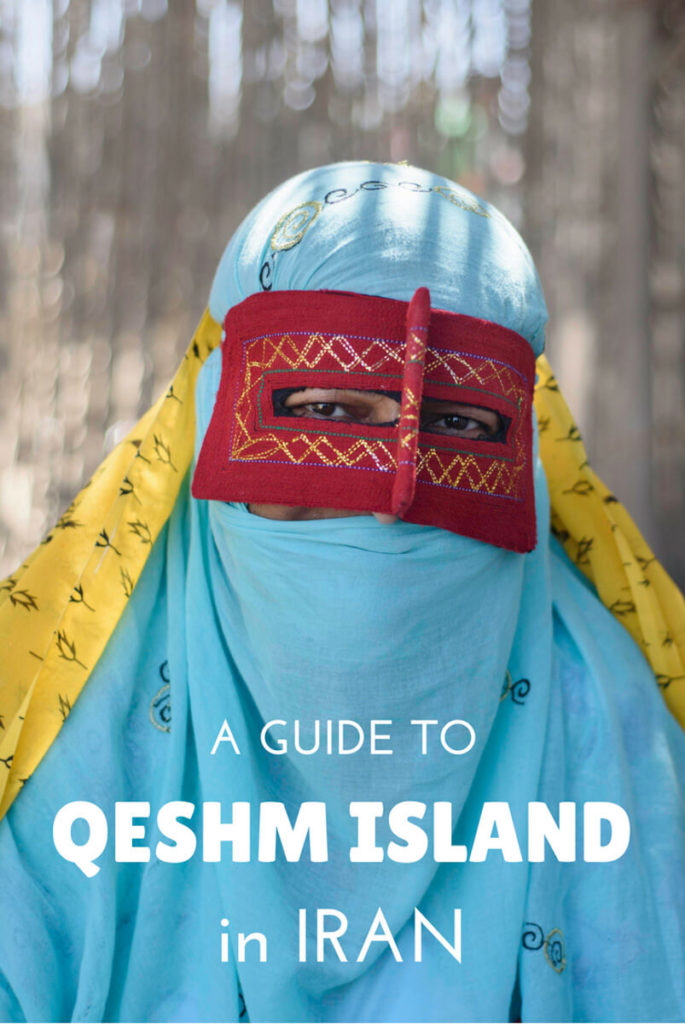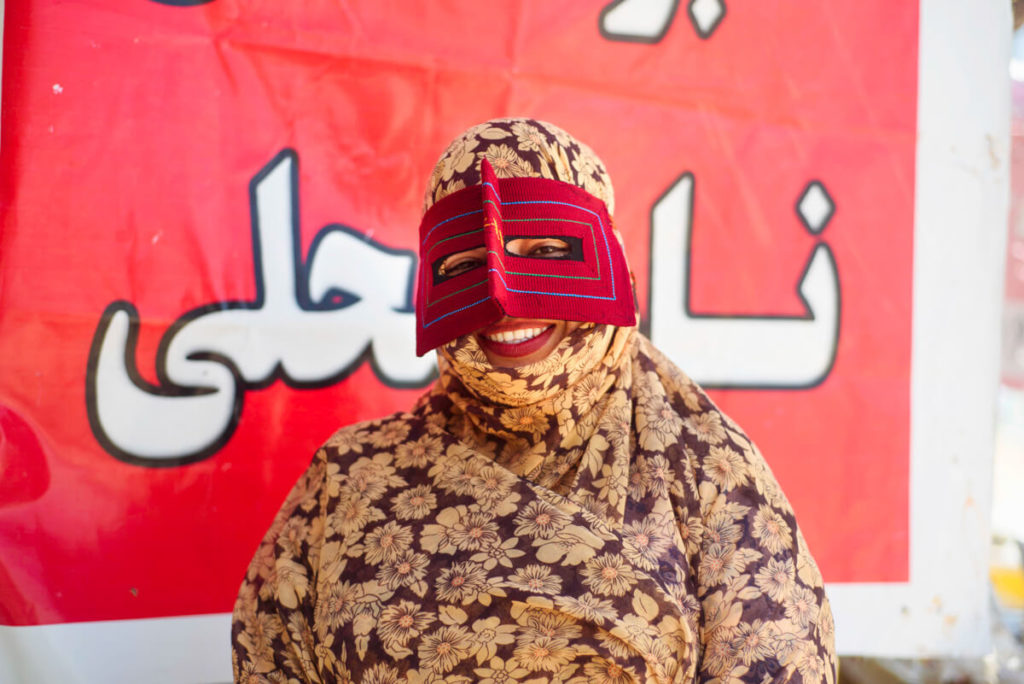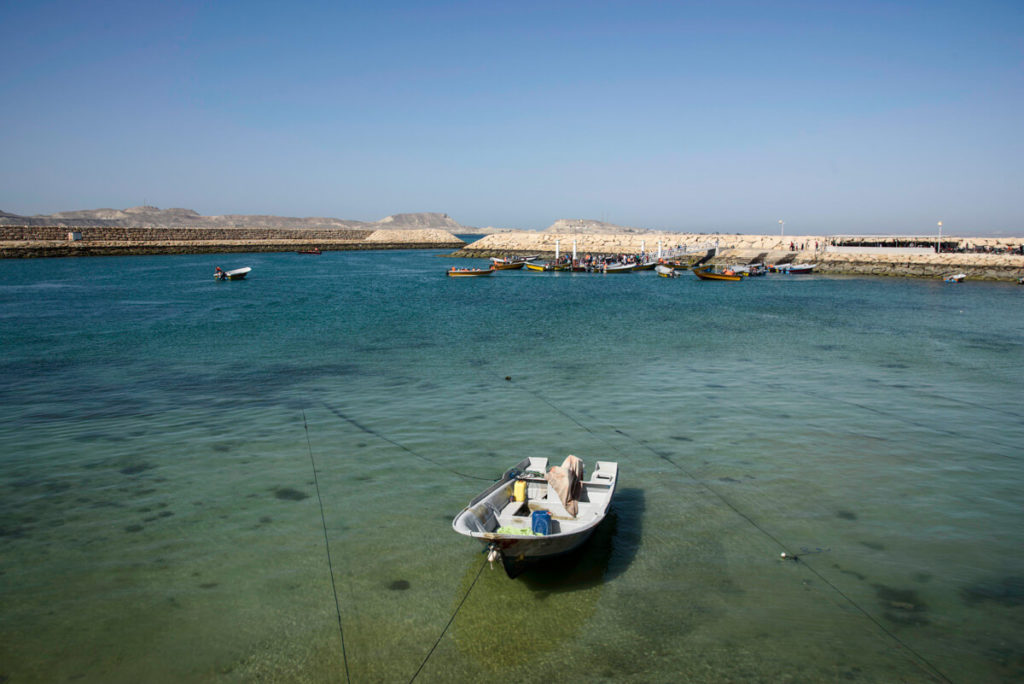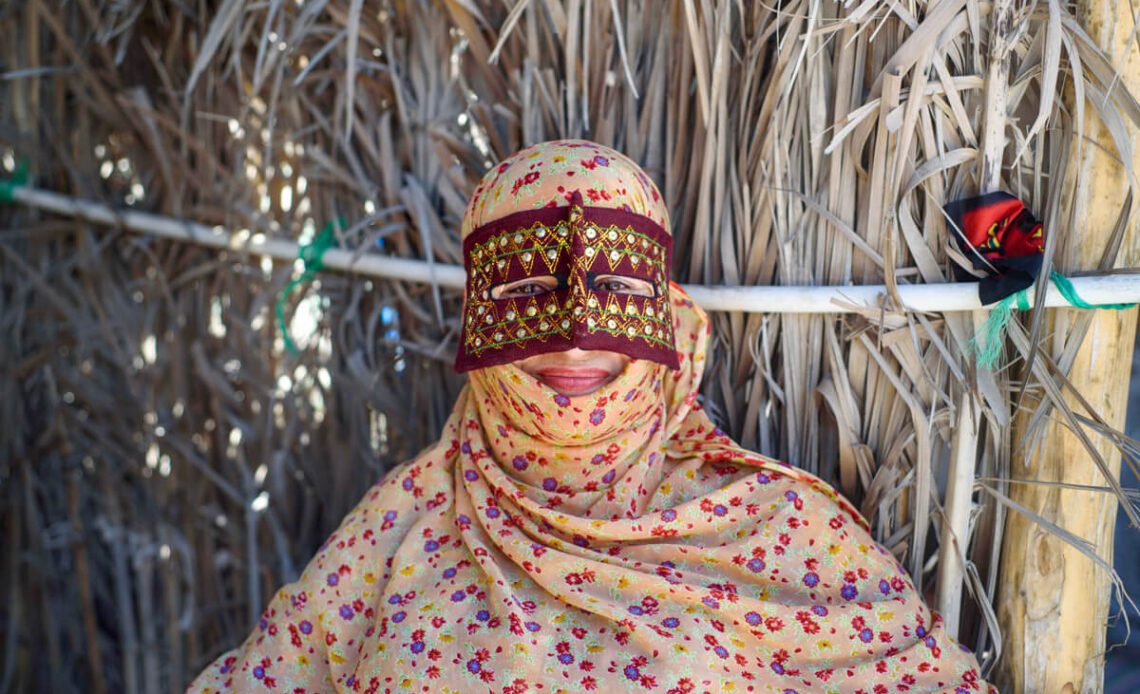Iran is a well-known destination for its classic Persian cities, filled with stunning mosques and dreamy gardens.
Very few travelers think of Iran as a beach destination, but it truly can be.
With more than 1,500 kilometers of undiscovered coastline, the Persian Gulf shores are home to a unique landscape, culture and, of course, beautiful islands.
I visited Qeshm Island, the largest in Iran and of special interest for those seeking both distinctive geography and a taste of what culture in the Persian Gulf is like.
To check all the places I visited in Iran, read my Iran itinerary for the independent traveler

Introduction to Qeshm Island
Located in the Strait of Hormuz, just 60 kilometers away from the Omani shore, Qeshm is an island with a great abundance of wildlife and plenty of unique geological formations, many of which are listed as UNESCO Heritage sites.
But this is not all.
Due to its position, Qeshm has been of high strategic importance for many centuries. In fact, the Portuguese conquered and ruled it for about 200 years and this is why, today, it still has an ancient Portuguese fortress and some streets even have Portuguese names.
It’s mandatory to have a travel insurance to get your visa on arrival in Iran.
Because of the sanctions, most insurance companies don’t provide coverage for Iran, but IATI Insurance does.
Get your exclusive 5% discount if purchasing via this link.

The culture in Qeshm Island
Some people come to Qeshm to enjoy its beaches and impressive canyons.
Not me. I went there because I wanted to see what the Persian Gulf culture is like in Iran, compared to the Arab Gulf monarchies.
Except in some small villages from Oman, the traditional Persian Gulf culture has practically disappeared.
In Qatar, the United Arab Emirates, Bahrain or Saudi Arabia, the locals have moved to the main cities and the very few places where you can see a small spillover of this culture are inhabited by Pakistani and Indian immigrants instead, so it is not very authentic.

This is not the case of Qeshm, a place which has been able to preserve such old traditions. Unlike most people in Iran, the natives of Qeshm Island are Sunni Muslims; physically, they look more like Arabs and, actually, many of them speak an Arabic dialect.
From Sunni-shaped minarets to a local cuisine based on seafood and wind towers to protect themselves from the…
Click Here to Read the Full Original Article at Travel Blog – Against the Compass…
